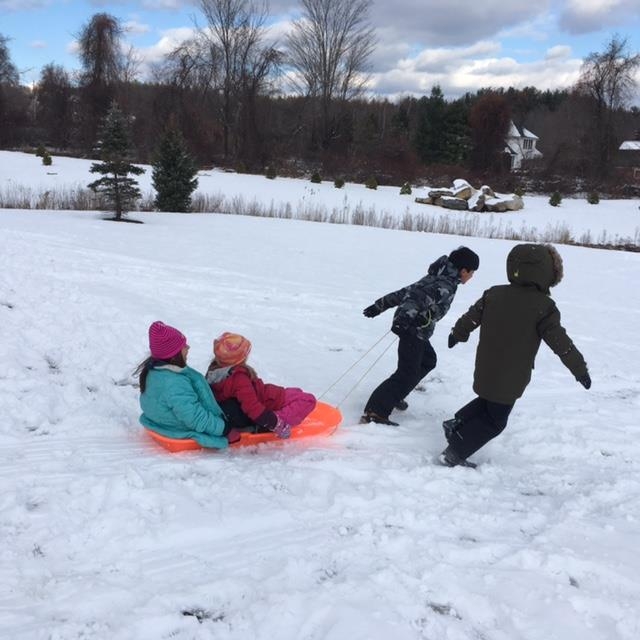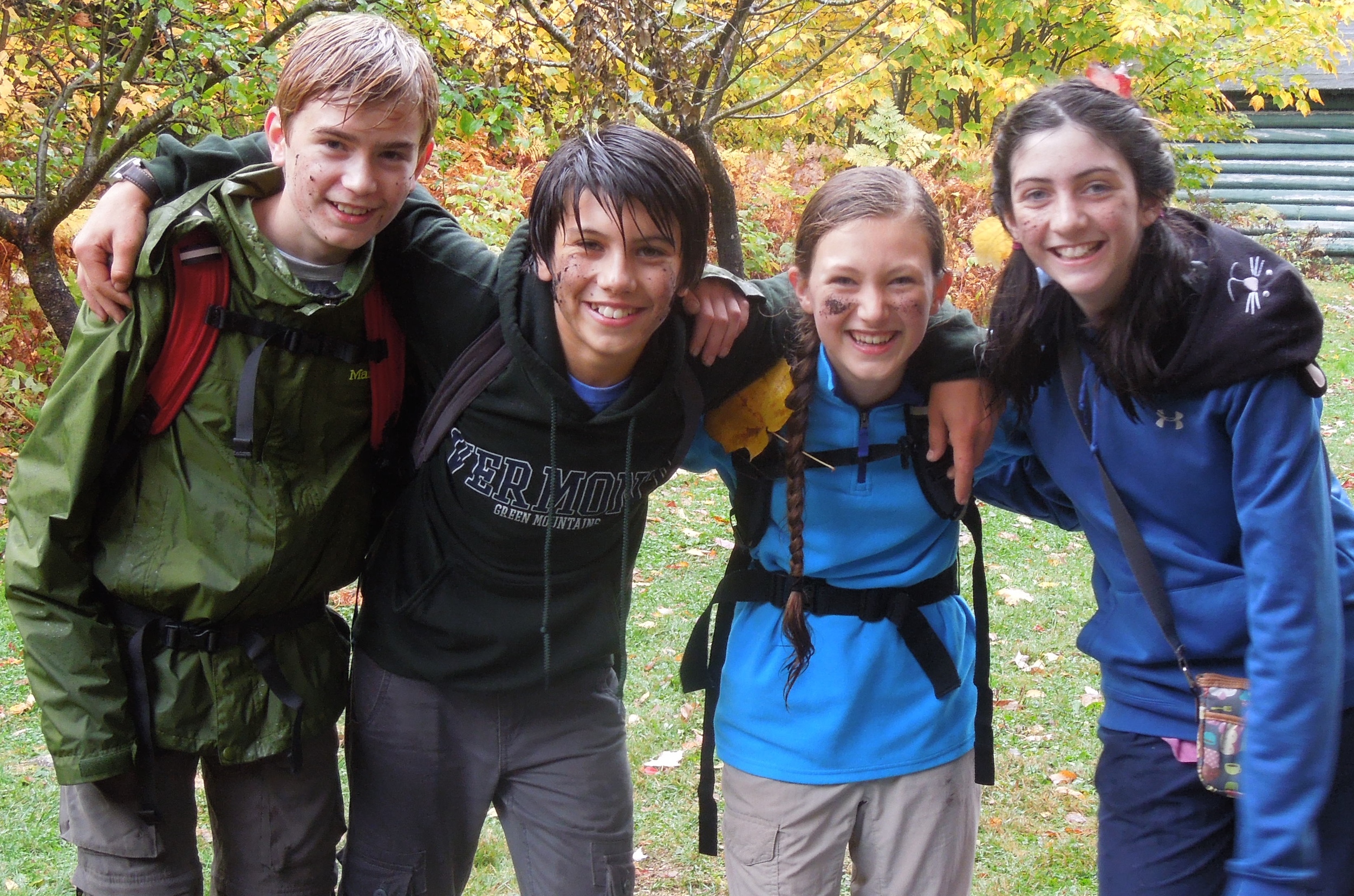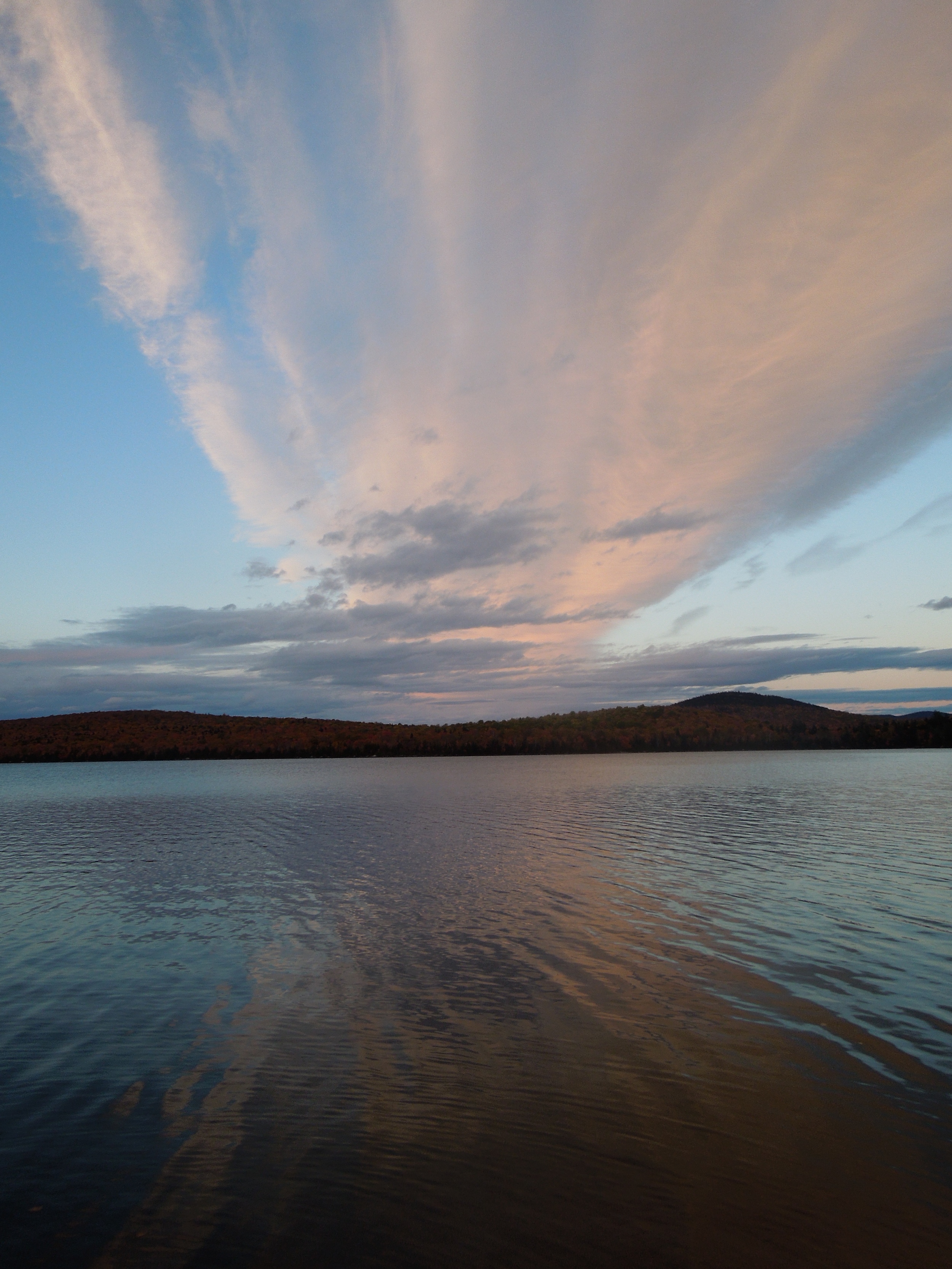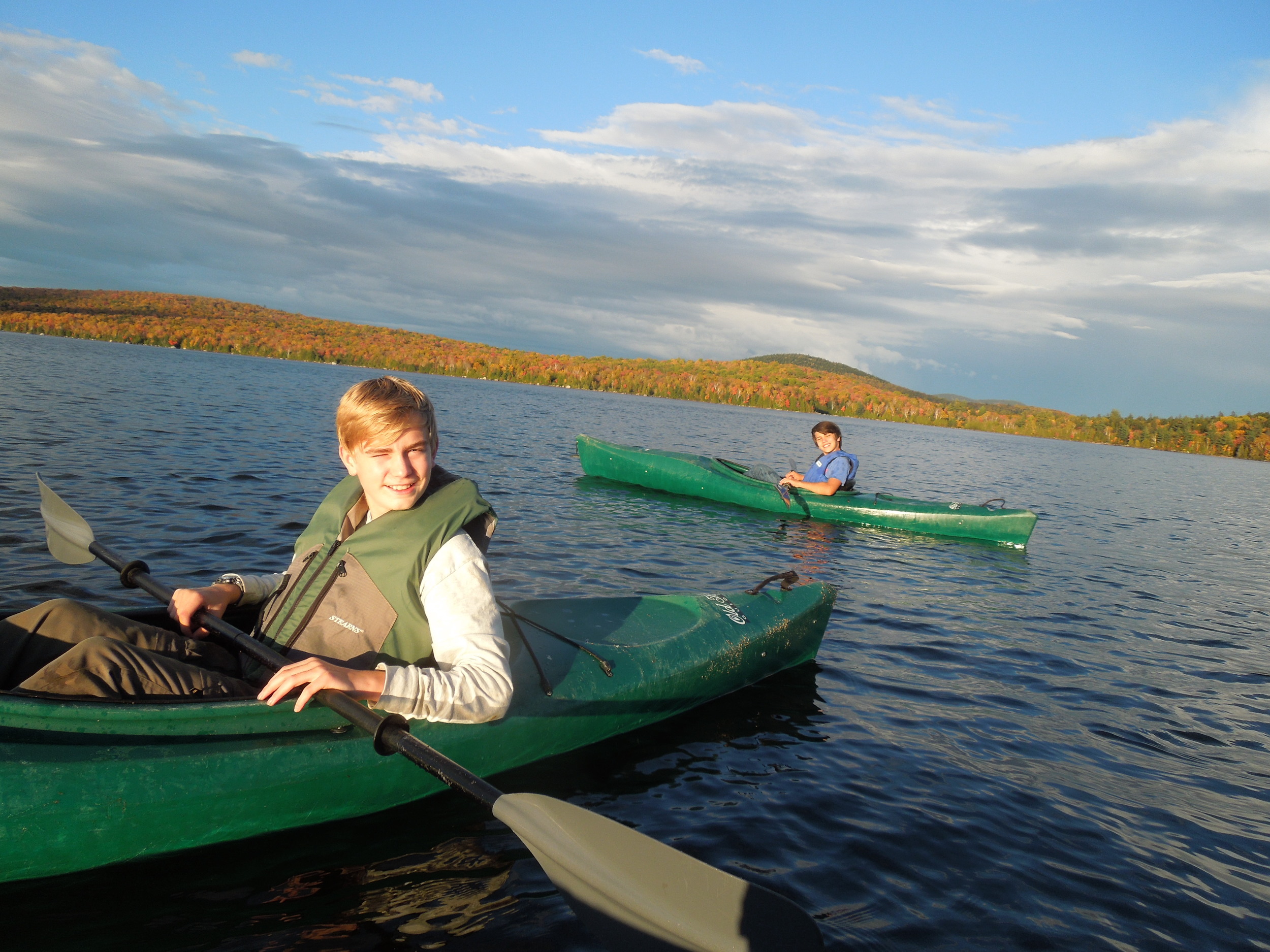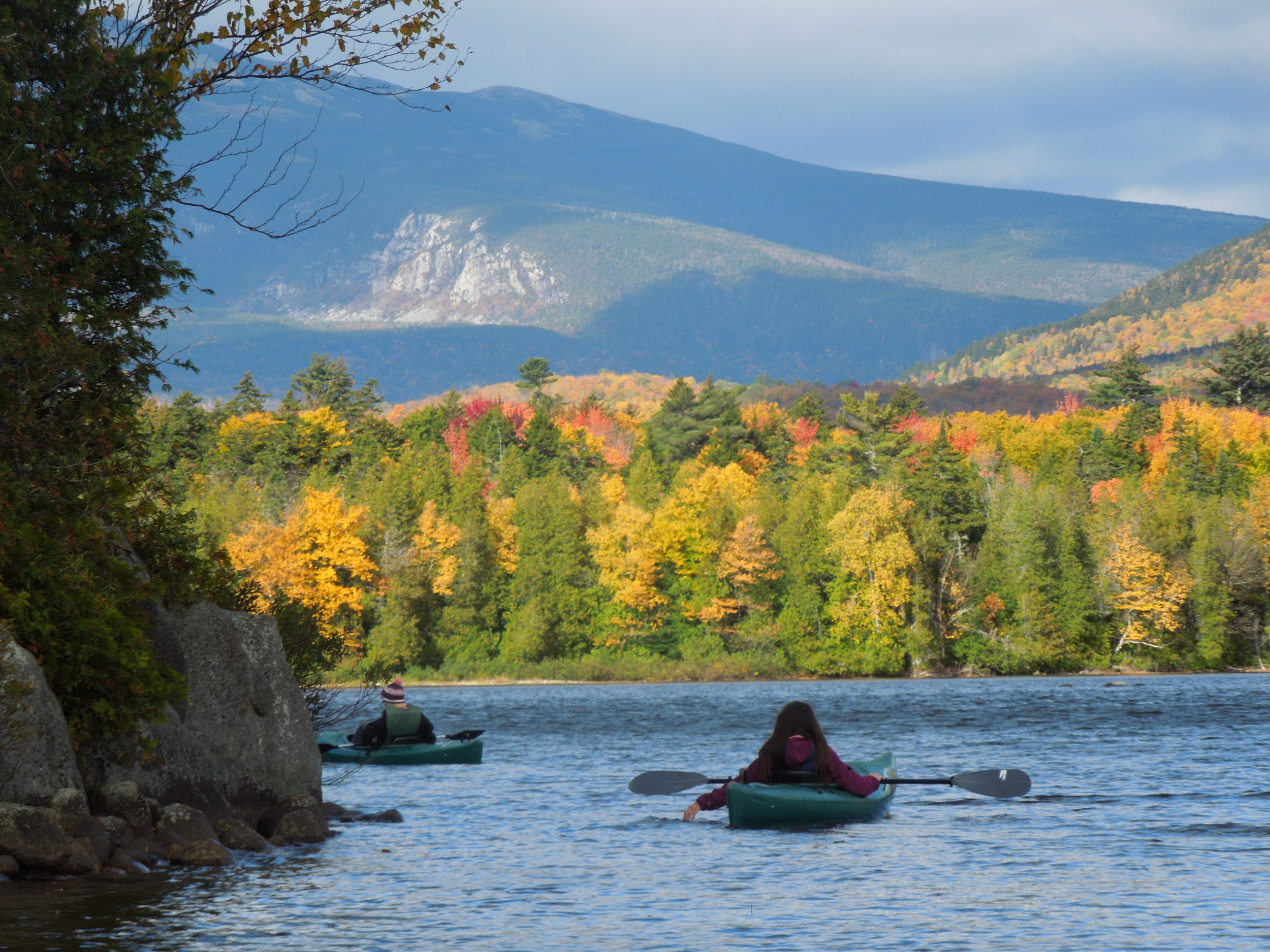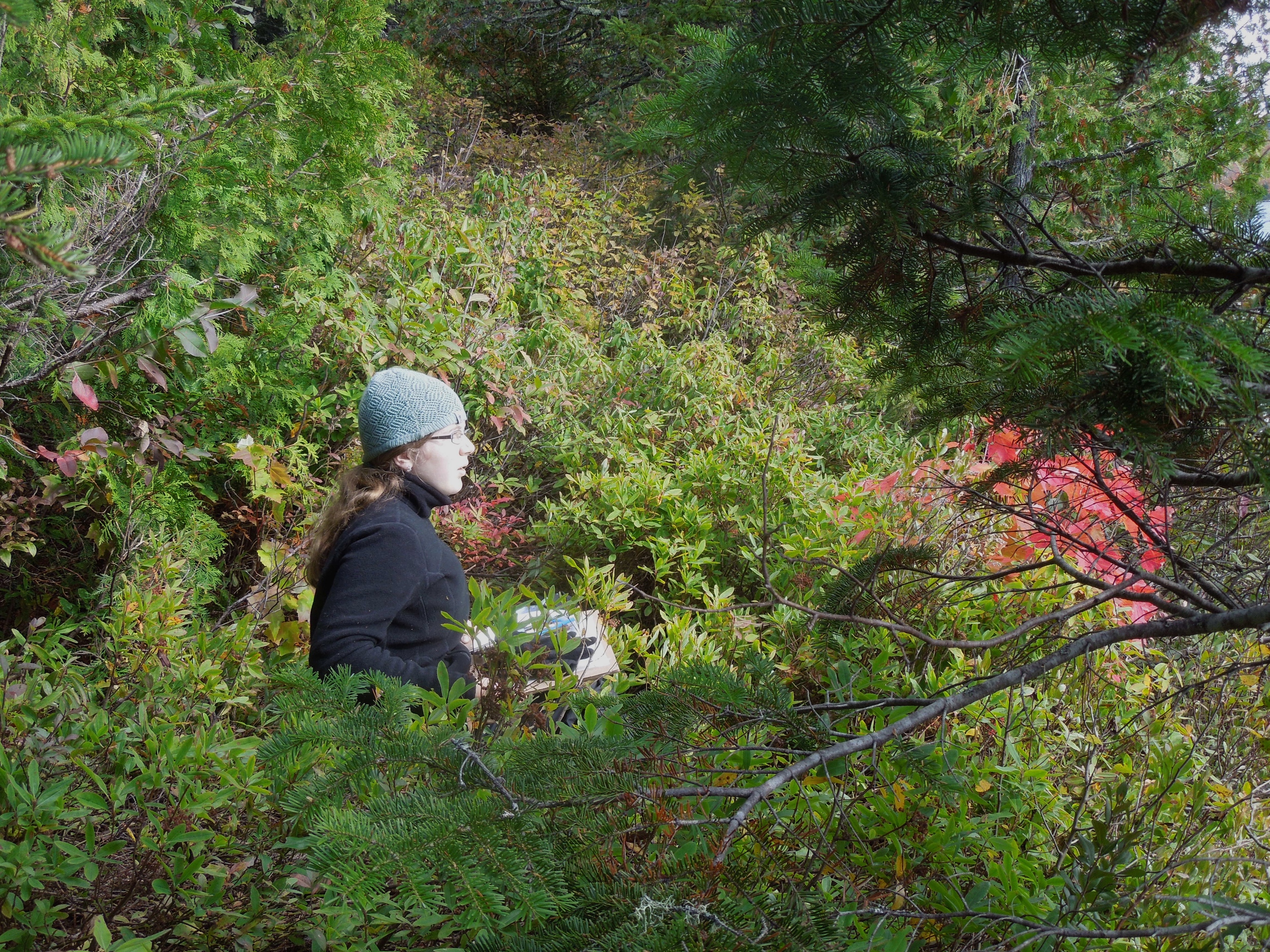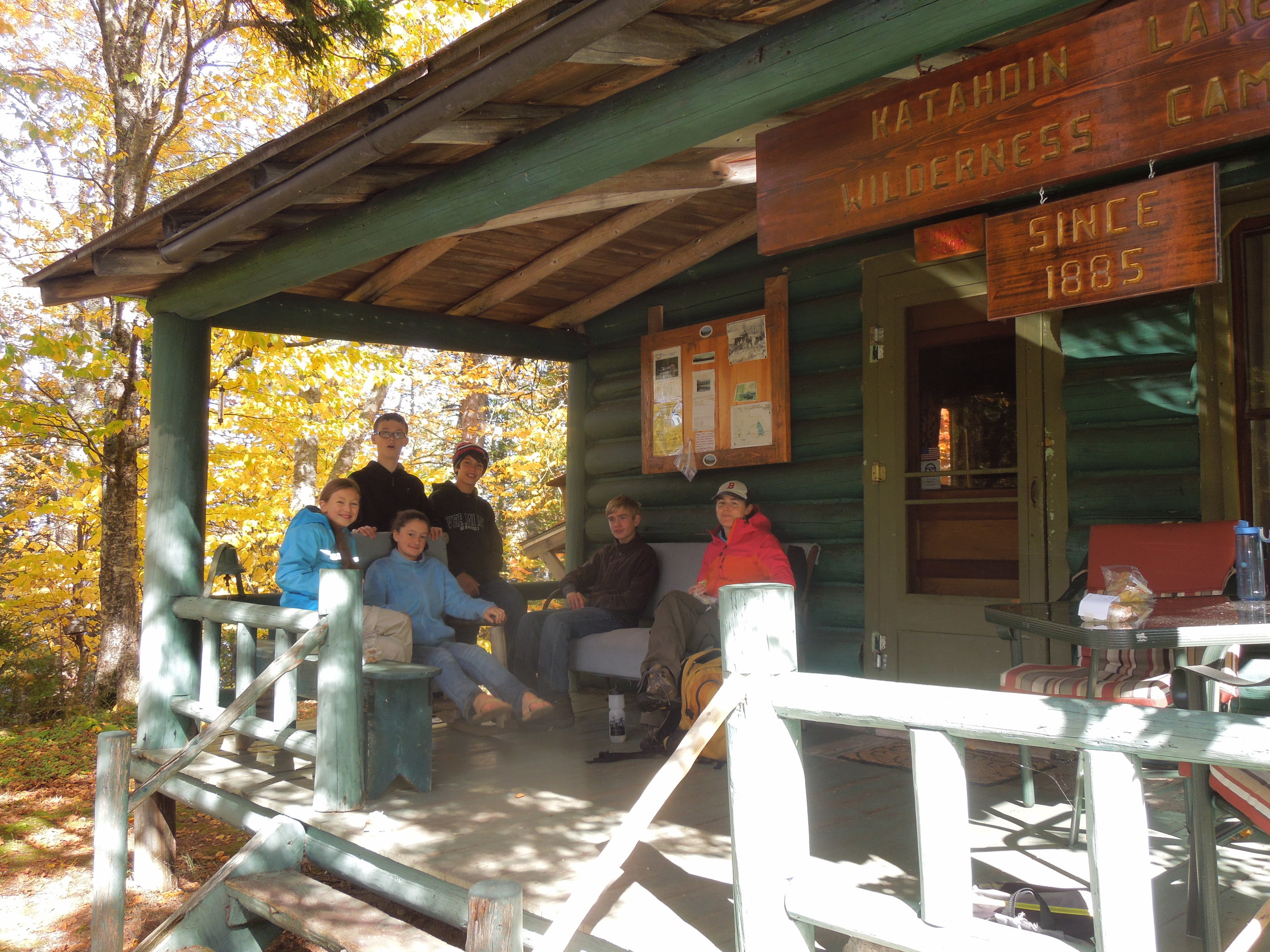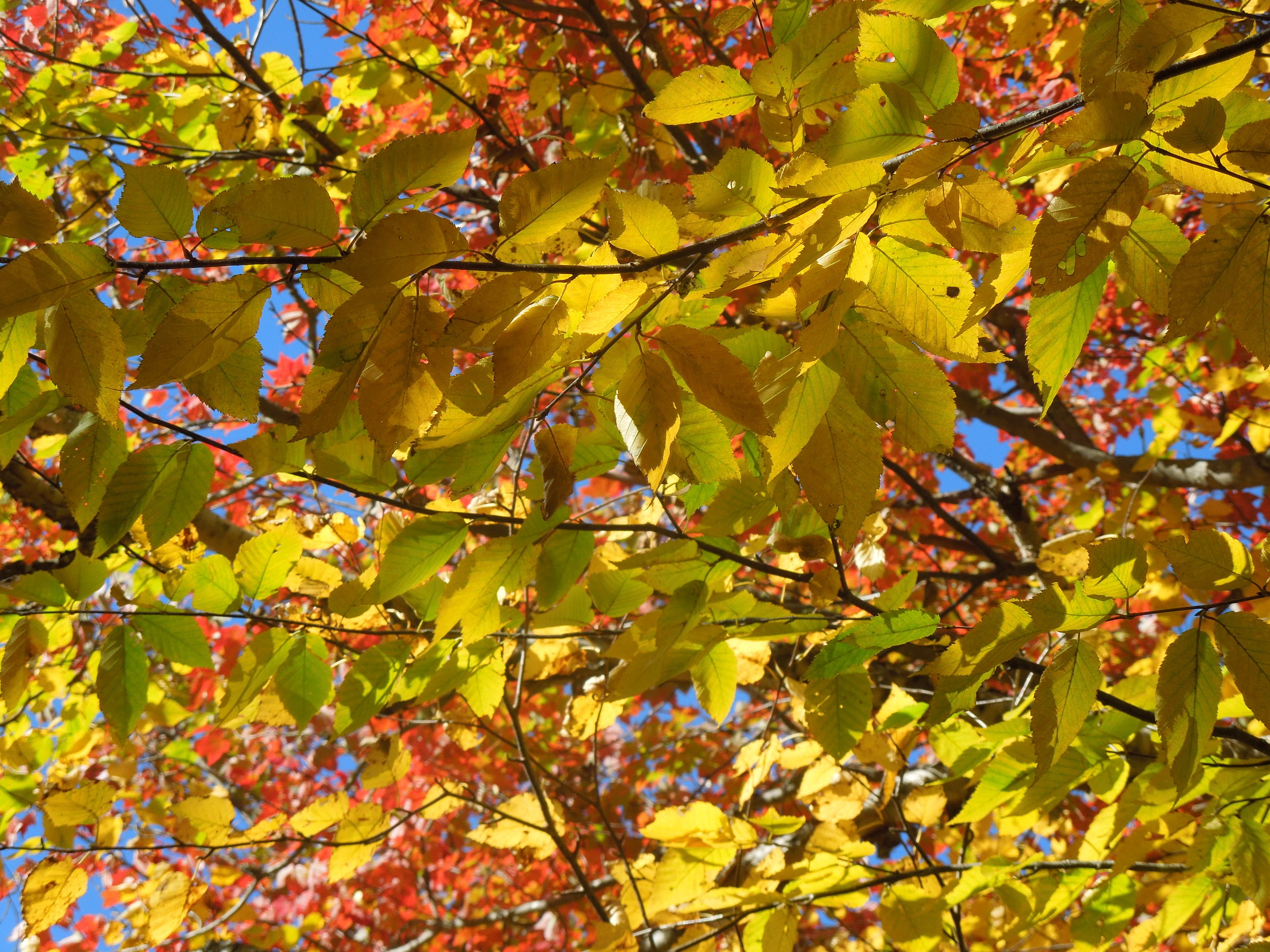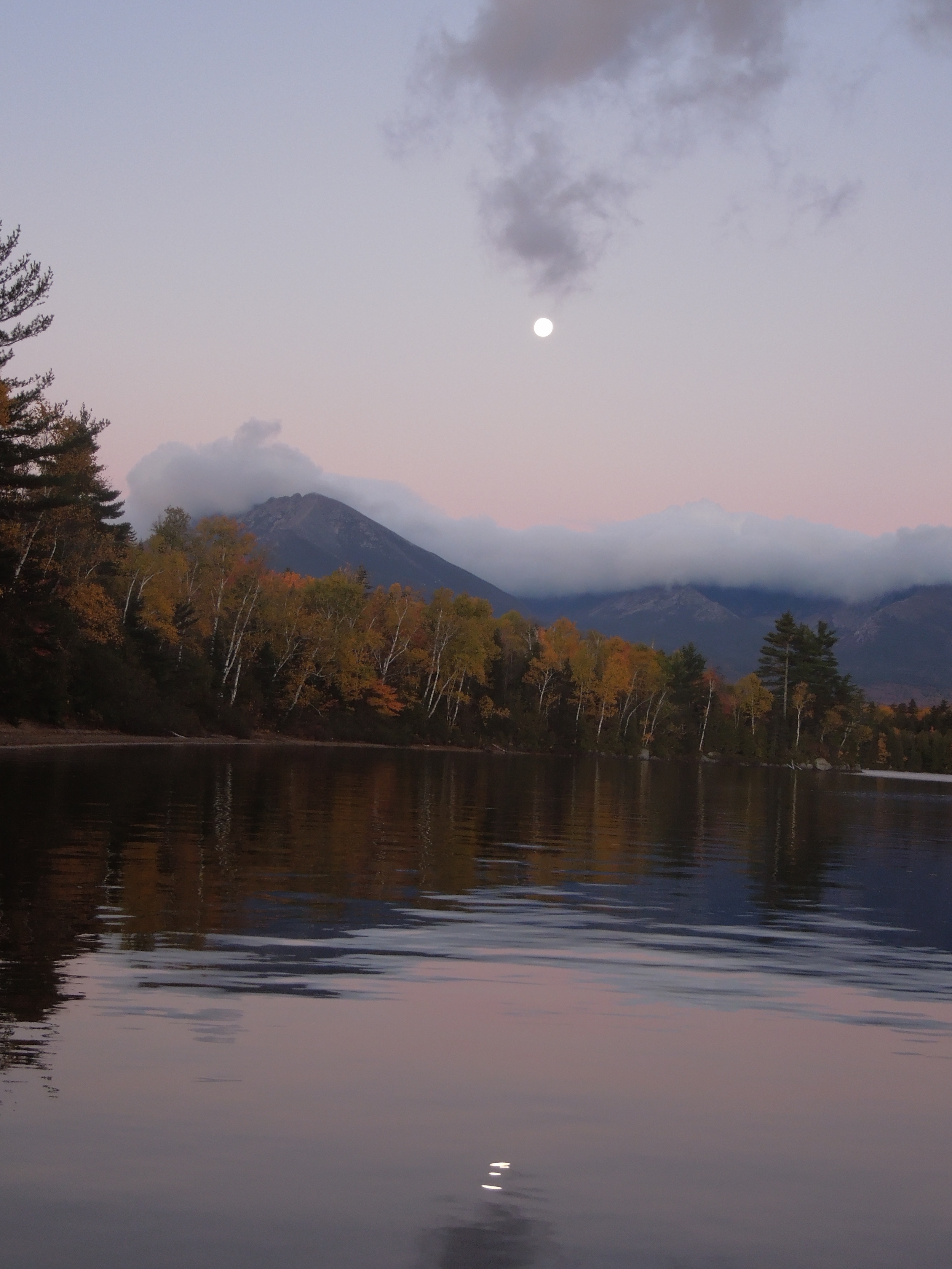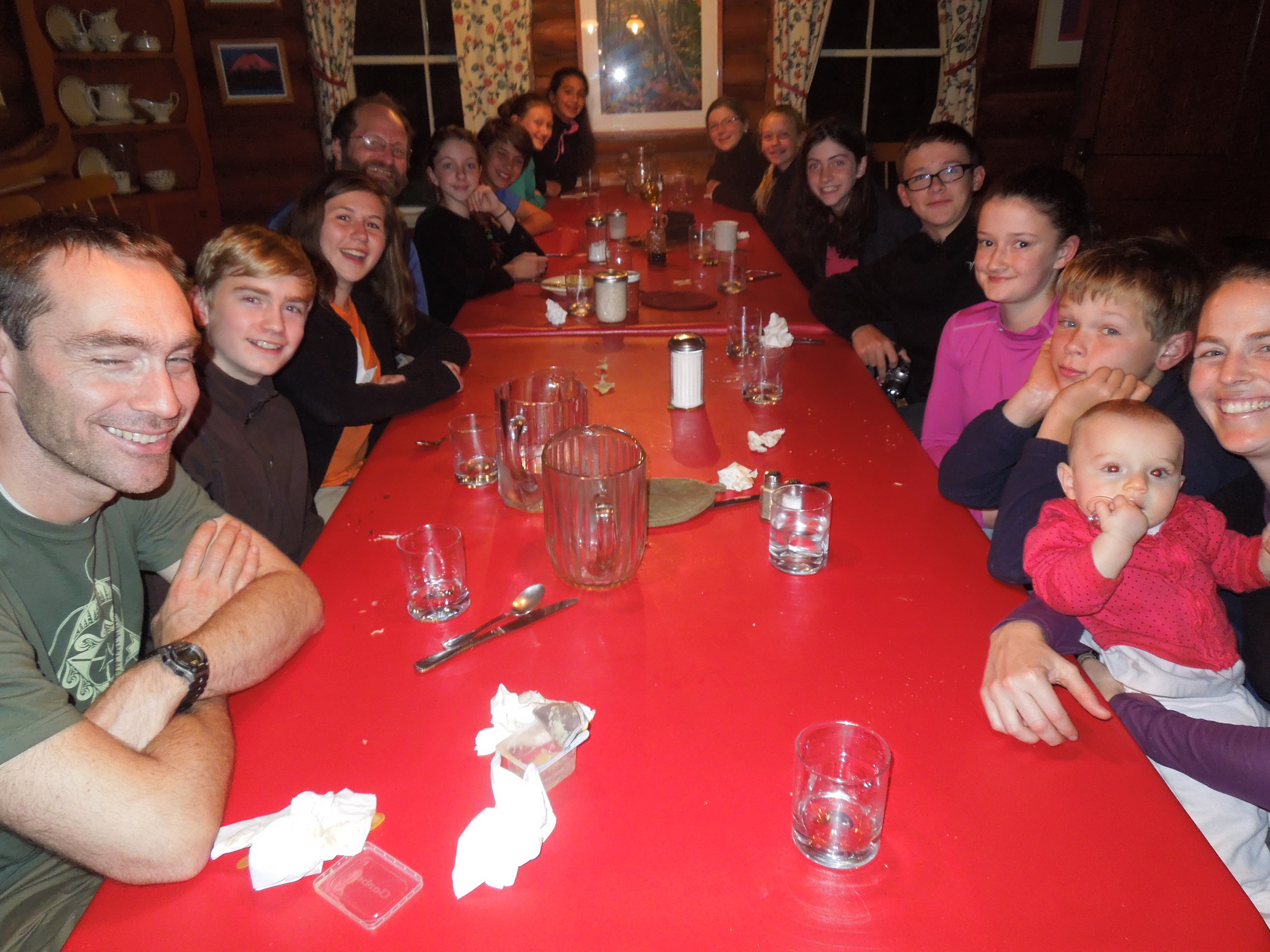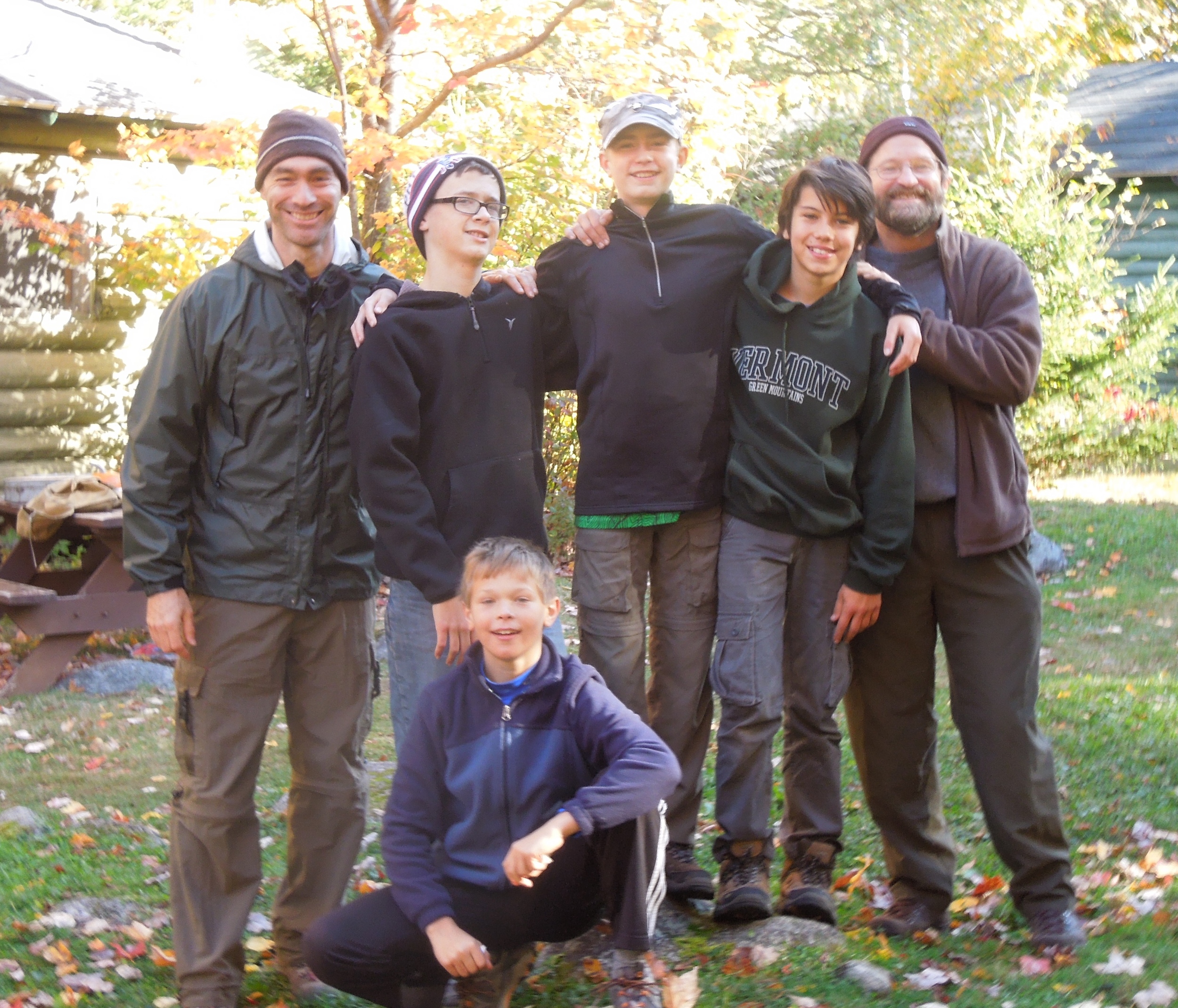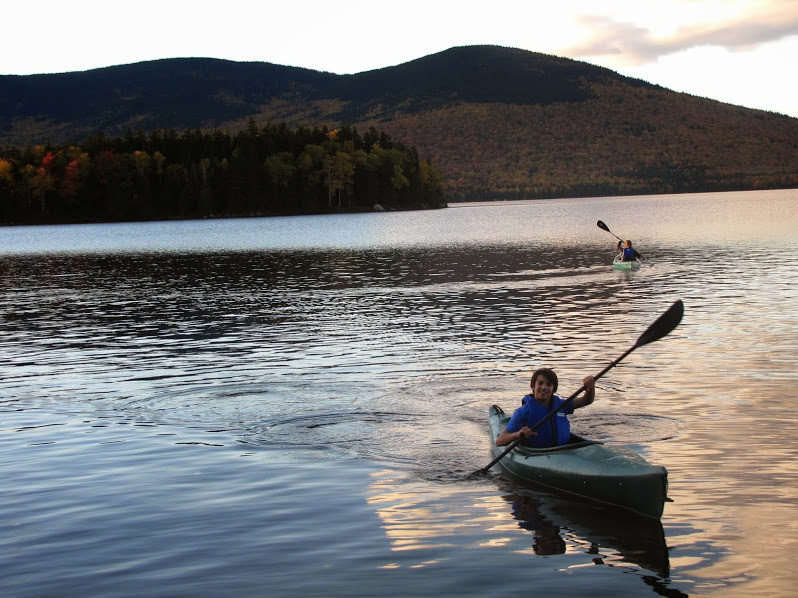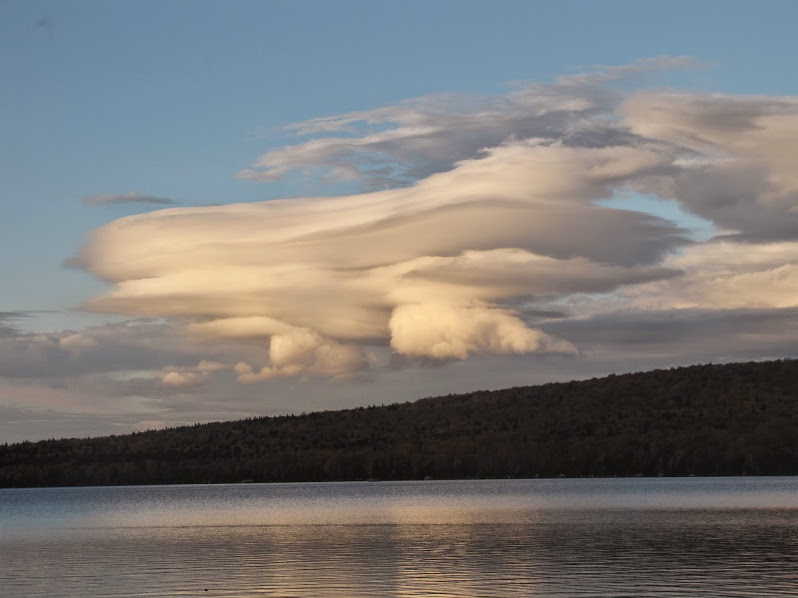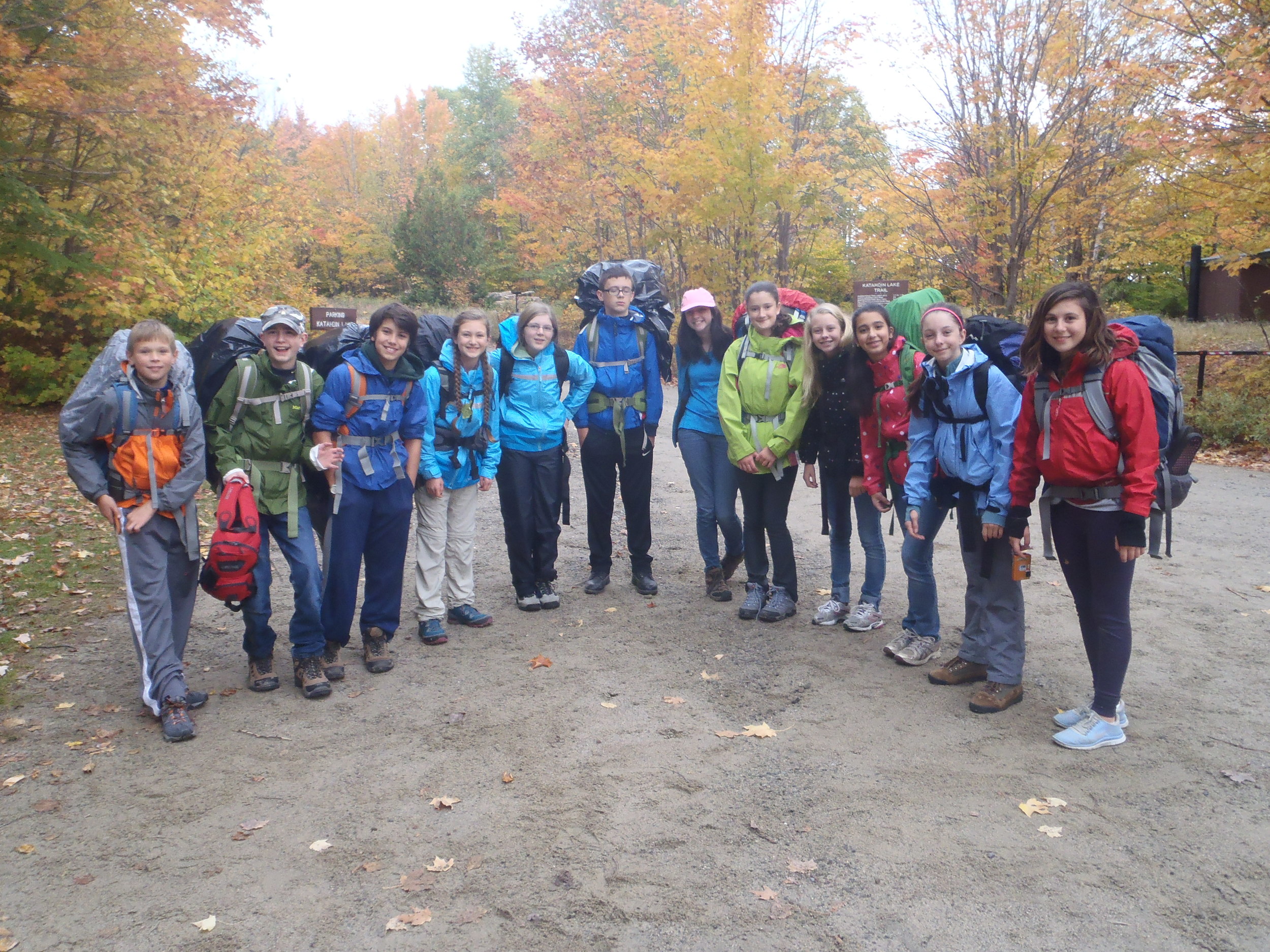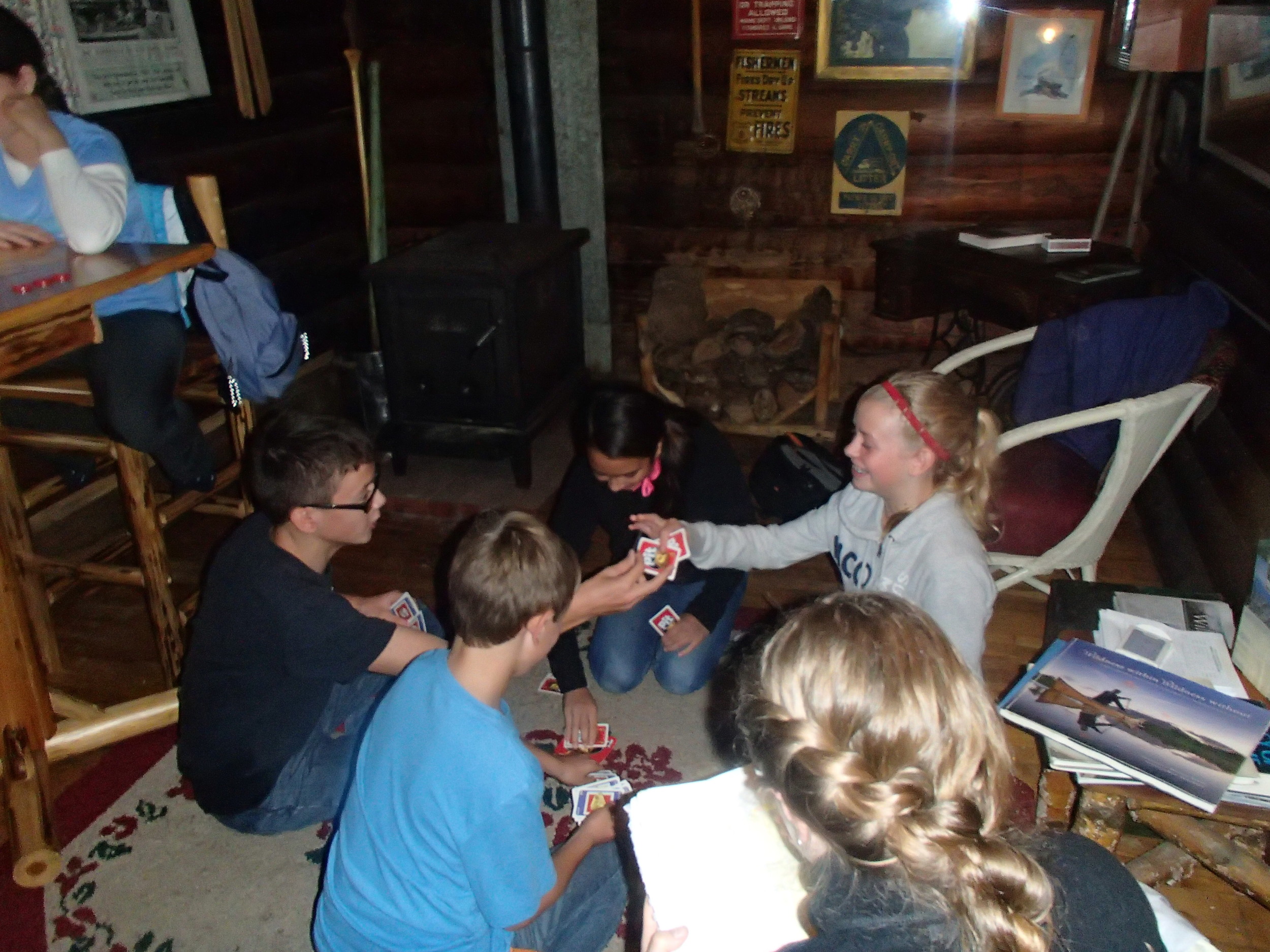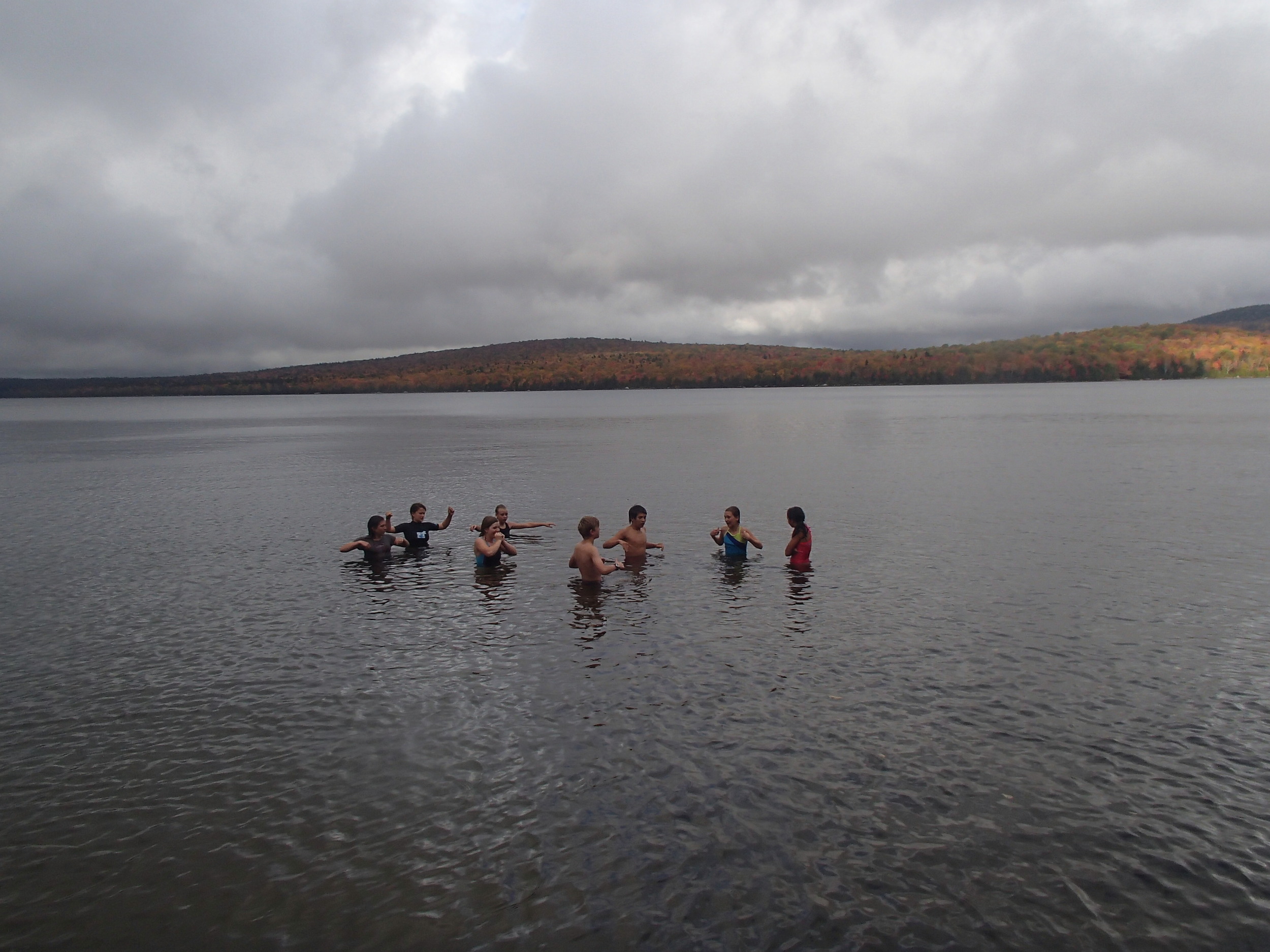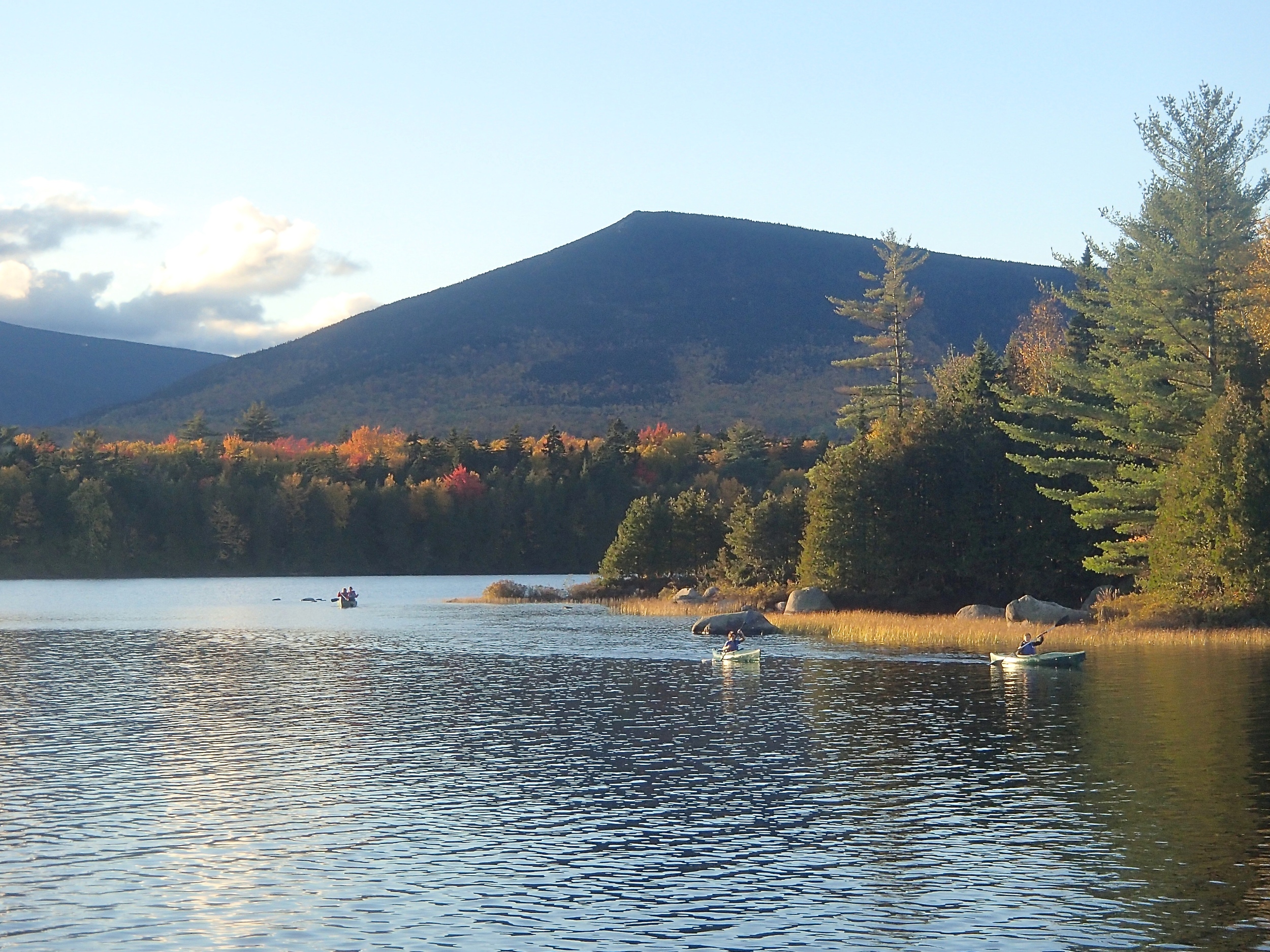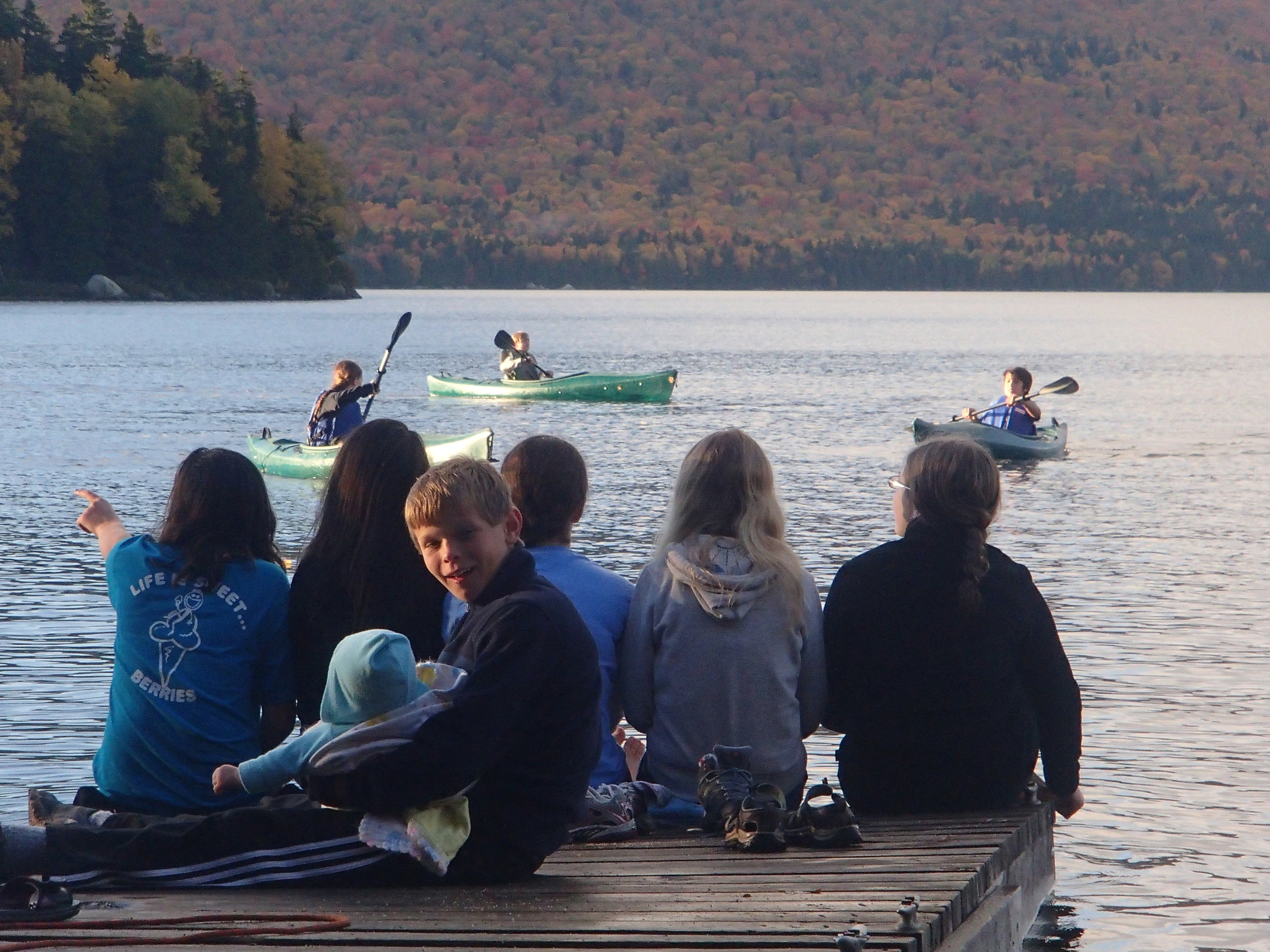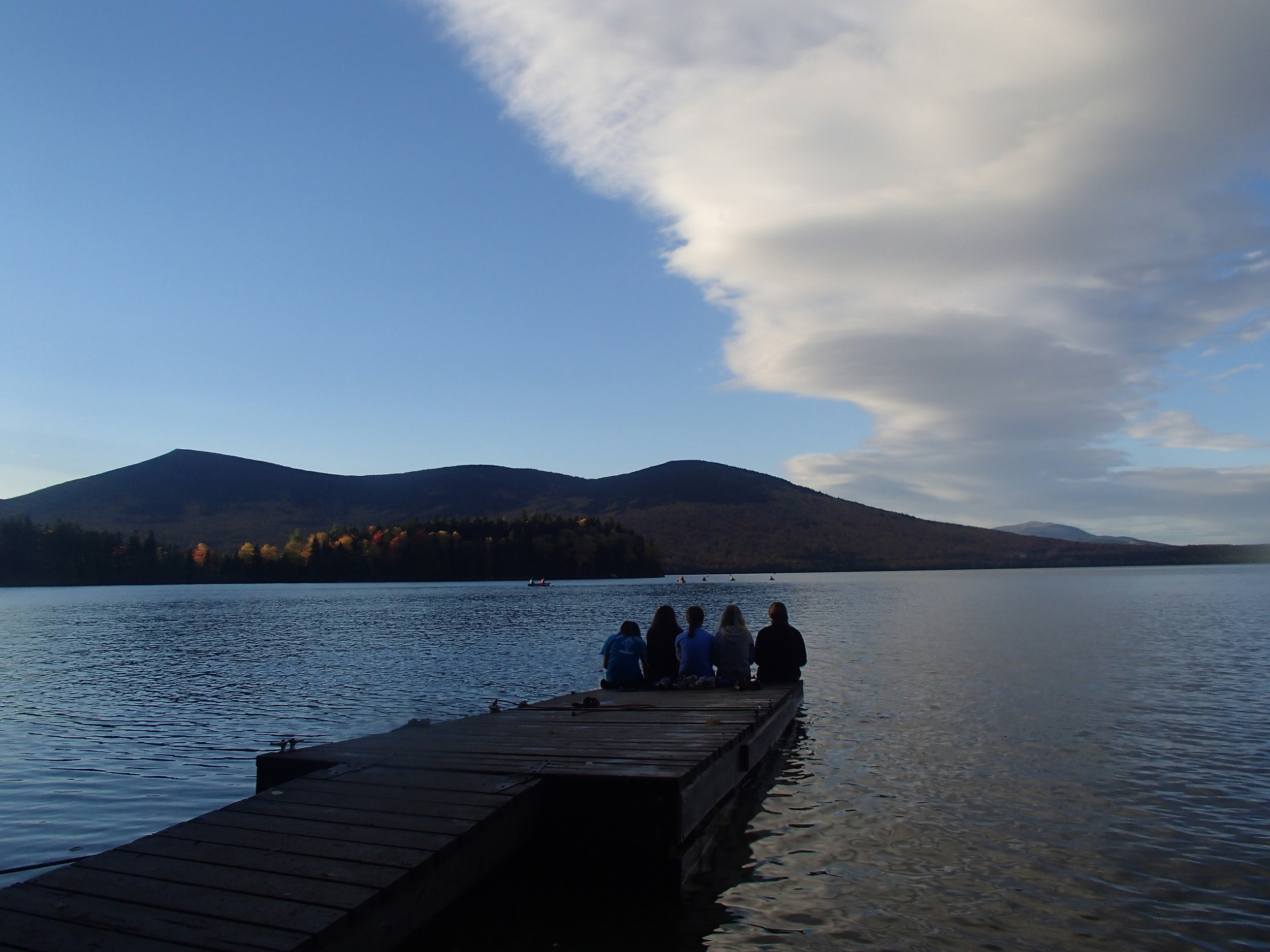There are times in our lives when caution and hesitation serve us well. After all, self-preservation is critical to living a long and happy life. But finding ways to incorporate adventure into even the most mundane of routines sparks something special in the human spirit. Adventure shows us the magic of our world and gives us a peek at what might be possible. Cultivating adventure in our children gives them a chance to see what they are really made of while delighting in new places and experiences.
As a bonus, novel experiences are neurologically healthy. Modern theories about brain development focus on neuroplasticity, which is connected to repetition and neural pathways. The more we do something, the more those particular pathways are strengthened, so the more we share adventure with our children, the more that will become a part of who they are.
Be Spontaneous
Routine and structure are really important for children, but so is a sense of flexibility. Plus, spontaneity can be just plain fun! There are hundreds of ways to go about this one, but here are just a handful of ideas to get your started:
Stay up late to watch a movie together.
Cook or bake something no one in the family has ever tried.
Jump in the car to go for an aimless drive.
Instigate a surprise game of tag or hide-and-seek.
Rearrange the furniture.
Have a dance party.
Go out for ice cream. BEFORE dinner!
Try Something New Together
Hobbies are important for everyone, and creating new, common interests helps build bonds and pass the time.
You’ve probably heard the Montessori phrase “Follow the Child”. This is especially helpful advice when choosing a new hobby to embark on together. Take a little time to observe your child or consider their interests. Are they into vehicles? Keep an eye out for classic car shows or model train expositions. Do they love art? Pick up a new medium (like oil pastels or sculpting clay) and explore together. Is your child musically inclined? Learn to play an instrument together or look for live performances to attend.
Keep two more important points in mind: make sure you are exploring something you are likely to enjoy, too, and make sure you engage with the topic on a fairly regular basis. This will keep it fun and exciting for everyone.
Venture Into the Woods
It doesn’t actually have to be the woods. It can be the desert, the coast, or any other natural space. Our bodies and our brains crave time in the outdoors; adding an element of adventure creates another layer of benefit.
Many cities and towns have trails marked for public use, yet many of these spaces tend to be sorely underutilized. Search online or ask some local friends for advice if you’re not already aware of your options. You may be surprised to discover how much is actually available.
Aside from building a sense of adventure, spending time in nature is a perfect opportunity to teach your child how to be a steward of the earth. We are advocates for following Leave No Trace principles. When our children learn these guidelines at a young age they will feel reverence for the planet long into adulthood.
Find Ways to Test Physical Boundaries
If you have a backyard, this tip makes for a fun project. If you don’t, there are still plenty of ways to use what’s available in your community to achieve the same goals.
Children are active creatures. They tend to be especially active around 3:00 in the afternoon when we adults are starting to experience an energy slump. This is the perfect time to get them up and moving in a controlled environment that allows them to safely test their physical boundaries.
Kids should learn to climb trees. Balancing on fences or jumping from rock to rock builds not only balance, strength, and spacial awareness, but allows children to nurture their self- confidence. Motions like spinning and swinging are also important for young children who are in the midst of developing their vestibular system or refining their sense of balance and spatial orientation. This development, in conjunction with the development of proprioception (related to the neurons in our muscles, joints, and tendons) are easily supported yet often overlooked.
As parents, we have an instinct to protect our children. This is a good thing, obviously, but it can be easy to forget that children need to take risks, too. Find ways to create an environment in which they can do so or take them to a park or playground that has existing structures and equipment they can play on.
Celebrate Adventure
Adventure is exciting. If each and every one of us never lost our sense of adventure, can you imagine what an amazing world this would be? When your child takes a risk or feels good about a new exploration, celebrate that feeling with them. If they don’t seem to recognize an accomplishment, feel free to point it out. This can be as simple as: “Wow. I know you were a bit afraid to jump down from that rock, but you found the courage and you did it.” Recognize your child’s efforts and accomplishments, not through a lens of judgement (we want to avoid phrases like nice work or good job because then children learn to perform for our approval), but through honest observation.
Adventure can make life a bit more exciting and rewarding for us all.
Enjoy the path ahead!






